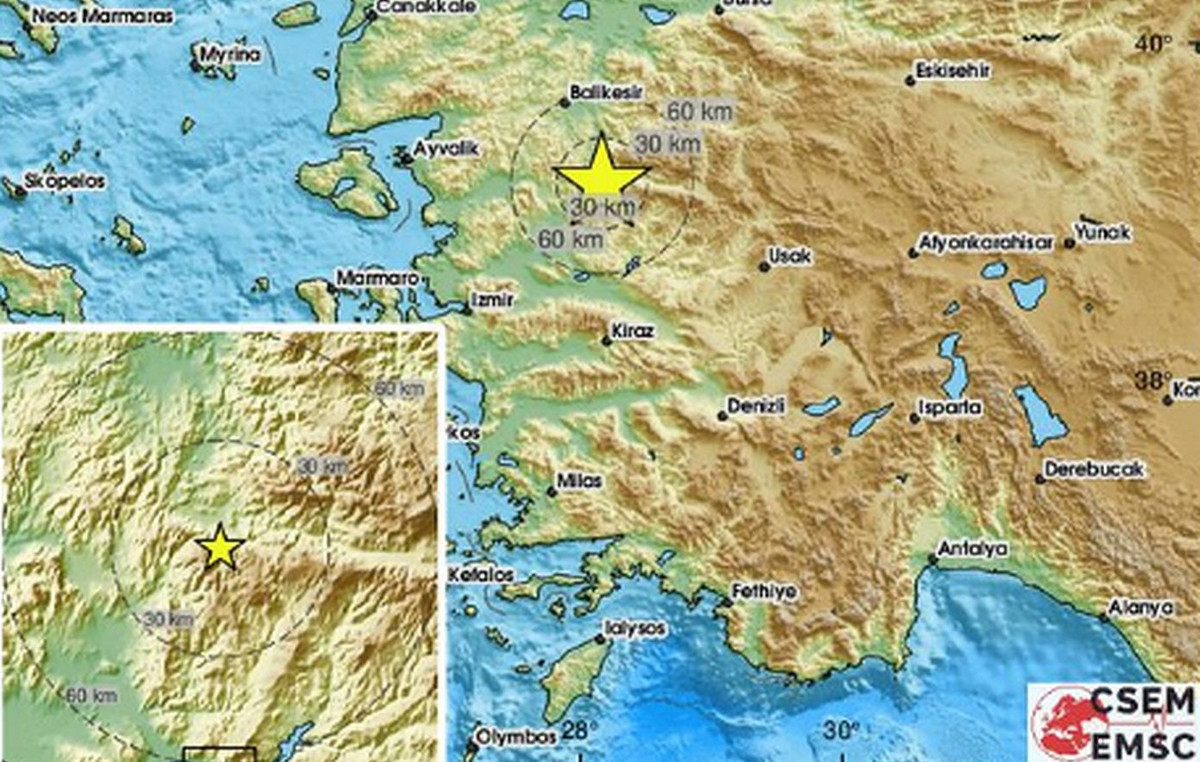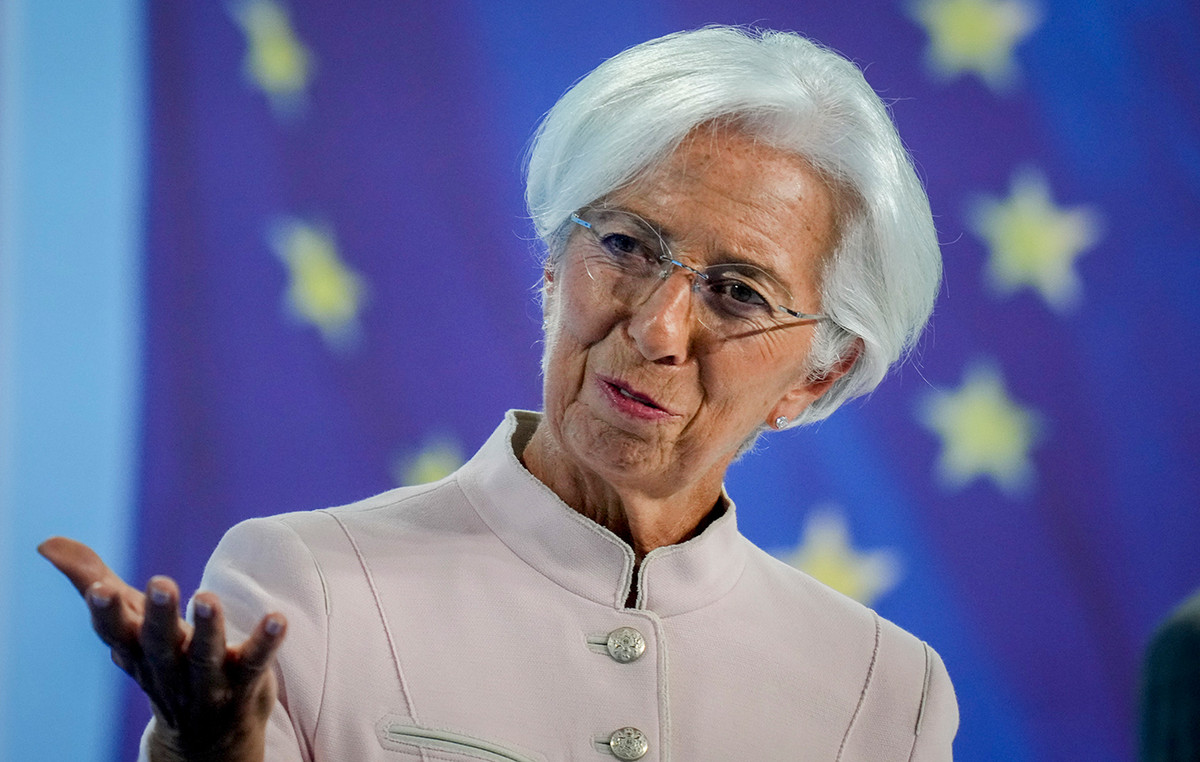It is quite common for financial institutions to report that a product is covered by the FGC (Credit Guarantee Fund). But they do not always explain what it is and how it works, which is one of the main protection mechanisms for those who have an account in financial institutions.
Find out how it works below:
What is FGC?
The FGC (Fundo Garantidor de Crédito) is a non-profit private civil entity responsible for protecting cash deposits made in financial institutions operating in Brazil. It was created in 1995, through a resolution of the National Monetary Council (CMN), in a world context where most countries resorted to this solution to face bank failure problems.
With the purpose of increasing the population’s confidence in the financial system, the agency operates on three pillars: protecting depositors and investors, contributing to the maintenance of the stability of the financial system and helping to prevent banking crises.
In general, the FGC’s duty is to protect against bank balances from being confiscated or from customers suffering large losses in the event of a bank failure. If these situations occur, the agency returns all or part of the amount available in the account, depending on the balance.
According to the report released in August, since its creation, the FGC has already reimbursed more than R$844 million to account holders and investors who requested compensation. The fund’s assets are made up of contributions from member financial institutions.
What is covered by the FGC?
Currently, FGC coverage extends to all demand deposits and some types of fixed income investments. Look:
- Demand deposits: amounts available in checking and savings accounts
- Investments: RDB (Bank Deposit Receipt), CDB (Bank Deposit Certificate), LC (Bills of Exchange), LH (Mortgage Bills), LCI (Real Estate Credit Bills), LCA (Agribusiness Credit Bills)
- Repo operations issued from March 2021
What is not covered by the FGC?
The FGC’s performance is restricted to the operation of financial institutions, therefore, all products that are not issued or are under the responsibility of banks and investment brokers do not have the fund’s guarantee, such as the following:
- Direct Treasury Bonds
- debentures
- Actions
- Investment Funds
- Real Estate Funds
- Private Pension Funds
- CRI (Certificate of Real Estate Receivables)
- CRA (Certificate of Agribusiness Receivables)
- LF (Financial Bills)
- COE (Certificate of Structured Transactions)
Where does the FGC money come from?
The FGC’s assets are made up of the mandatory contributions that member institutions make to the fund, in accordance with the Central Bank’s rules. A resolution provides that banks and brokerages must transfer between 0.01% and 0.03% of deposits eligible for the guarantee on a monthly basis.
How much does the FGC guarantee?
The FGC guarantee has two configurations: by bank account and by CPF/CNPJ. The agency guarantees the reimbursement of amounts of up to R$ 250,000 per account, but there is a ceiling of R$ 1 million per person or company.
This way, if the consumer has up to R$ 1 million invested in four different bank accounts, the entire amount is protected. However, if the amount exceeds the maximum forecast or is in five accounts, for example, the fund does not provide a guarantee, as shown in the examples below:
- BRL 1 million (account 1): only BRL 250,000 are covered
- R$ 250 thousand (account 1), R$ 250 thousand (account 2), R$ 250 thousand (account 3) and R$ 250 thousand (account 4): R$ 1 million total is covered
- R$ 250 thousand (account 1), R$ 250 thousand (account 2), R$ 250 thousand (account 3) and R$ 350 thousand (account 4): R$ 1 million is covered, not including the R$ 100 thousand remaining from account 4
- BRL 100,000 (account 1), BRL 100,000 (account 2), BRL 100,000 (account 3), BRL 100,000 (account 3) and BRL 100,000 (account 5): the balance of account 5 there is no coverage, therefore, the customer will only be indemnified with BRL 400 thousand
After the application, the insured enters a four-year grace period, when he is unable to apply for a new reimbursement. The count, according to the FGC, starts from the date of the bankruptcy or intervention of the bank, and not from the payment of the indemnity.
How to apply for FGC insurance?
The FGC’s application process begins when the Central Bank informs the agency of the closing of a financial institution. Next, the bank in question lists all account holders with a positive balance and informs the fund of the amounts that were in each account.
Afterwards, identification documents of account holders are requested, in addition to a bank account for depositing the insured amount.
Individuals must present RG and CPF, and legal entities must send personal and corporate documentation and negotiation note, in the case of investment made in brokers.
This identification procedure can be performed on the mobile application and, as the agency says, the payment period is up to 15 days. Information about the insurance is made public both on the liquidated institution’s website and on the FGC website.
Difference between FGC and MRP?
The Loss Reimbursement Mechanism (MRP) is an instrument of the stock exchange, the B3, to indemnify investors for amounts that have been lost due to error or omission by financial market companies. Unlike the FGC, it is especially intended for investments made in variable income, such as buying and selling shares.
The MRP is managed by BSM Supervisão de Mercados and also covers losses related to the bankruptcy of banks and investment brokers, up to a ceiling of R$120,000 per occurrence. Reimbursement requests must be made to [email protected] and the follow-up is available on the entity’s website.
Do digital banks have FGC coverage?
Whether digital or physical, all multiple banks, investment brokers and credit societies are associated and contribute to the FGC. Some fintechs, however, as they do not fit into these formats, do not have the fund’s protection.
In many cases, to compensate for the lack of this security, digital finance companies invest their customers’ money in government bonds. Thus, the amounts are separated from the company’s equity and, in place of the FGC, are under the custody of the National Treasury.
Reference: CNN Brasil
I am Sophia william, author of World Stock Market. I have a degree in journalism from the University of Missouri and I have worked as a reporter for several news websites. I have a passion for writing and informing people about the latest news and events happening in the world. I strive to be accurate and unbiased in my reporting, and I hope to provide readers with valuable information that they can use to make informed decisions.







